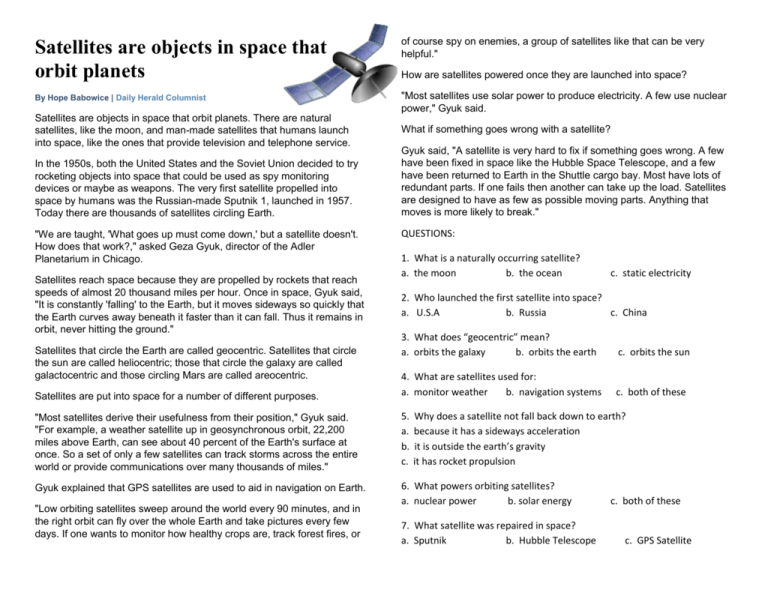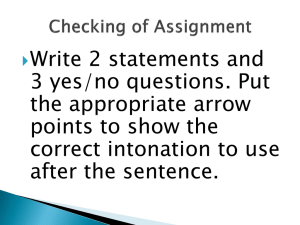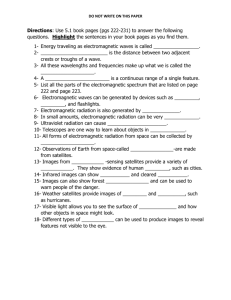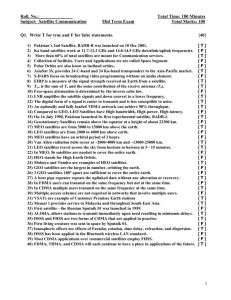Satellites are objects in space that orbit planets By Hope Babowice
advertisement

Satellites are objects in space that orbit planets of course spy on enemies, a group of satellites like that can be very helpful." By Hope Babowice | Daily Herald Columnist "Most satellites use solar power to produce electricity. A few use nuclear power," Gyuk said. Satellites are objects in space that orbit planets. There are natural satellites, like the moon, and man-made satellites that humans launch into space, like the ones that provide television and telephone service. In the 1950s, both the United States and the Soviet Union decided to try rocketing objects into space that could be used as spy monitoring devices or maybe as weapons. The very first satellite propelled into space by humans was the Russian-made Sputnik 1, launched in 1957. Today there are thousands of satellites circling Earth. "We are taught, 'What goes up must come down,' but a satellite doesn't. How does that work?," asked Geza Gyuk, director of the Adler Planetarium in Chicago. Satellites reach space because they are propelled by rockets that reach speeds of almost 20 thousand miles per hour. Once in space, Gyuk said, "It is constantly 'falling' to the Earth, but it moves sideways so quickly that the Earth curves away beneath it faster than it can fall. Thus it remains in orbit, never hitting the ground." How are satellites powered once they are launched into space? What if something goes wrong with a satellite? Gyuk said, "A satellite is very hard to fix if something goes wrong. A few have been fixed in space like the Hubble Space Telescope, and a few have been returned to Earth in the Shuttle cargo bay. Most have lots of redundant parts. If one fails then another can take up the load. Satellites are designed to have as few as possible moving parts. Anything that moves is more likely to break." QUESTIONS: 1. What is a naturally occurring satellite? a. the moon b. the ocean c. static electricity 2. Who launched the first satellite into space? a. U.S.A b. Russia c. China 3. What does “geocentric” mean? a. orbits the galaxy b. orbits the earth c. orbits the sun Satellites are put into space for a number of different purposes. 4. What are satellites used for: a. monitor weather b. navigation systems c. both of these "Most satellites derive their usefulness from their position," Gyuk said. "For example, a weather satellite up in geosynchronous orbit, 22,200 miles above Earth, can see about 40 percent of the Earth's surface at once. So a set of only a few satellites can track storms across the entire world or provide communications over many thousands of miles." 5. a. b. c. Gyuk explained that GPS satellites are used to aid in navigation on Earth. 6. What powers orbiting satellites? a. nuclear power b. solar energy Satellites that circle the Earth are called geocentric. Satellites that circle the sun are called heliocentric; those that circle the galaxy are called galactocentric and those circling Mars are called areocentric. "Low orbiting satellites sweep around the world every 90 minutes, and in the right orbit can fly over the whole Earth and take pictures every few days. If one wants to monitor how healthy crops are, track forest fires, or Why does a satellite not fall back down to earth? because it has a sideways acceleration it is outside the earth’s gravity it has rocket propulsion 7. What satellite was repaired in space? a. Sputnik b. Hubble Telescope c. both of these c. GPS Satellite






